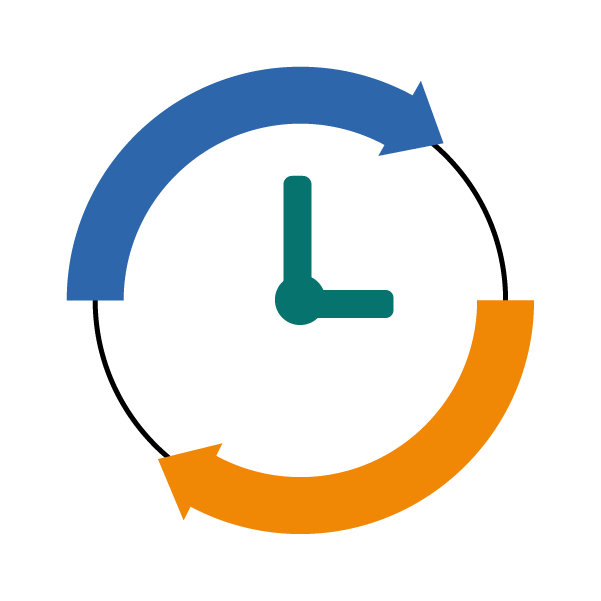According to LinkedIn’s 2022 workplace learning report 45% of tech Learning & Development leaders ranked the upskilling and reskilling of employees as their top focus area for 2023. The COVID-19 pandemic brought with it ‘The Great Resignation’ as a lot of employees started prioritizing other goals than before.
Investing in upskilling and reskilling will help meet these new employee priorities to accommodate their potential departure. More than ever, people are looking for a workplace that focuses on both personal and professional development.
In addition to the labor market situation, today’s globalized and digital economy with its rapid changes calls for investment in up-skilling and retraining that ideally also connects to the hybrid way of working. Thus, in order to keep employees happy and give the organization a competitive edge, it is necessary to set up a program of up- and reskilling. Does this sound like a difficult task? Then read on quickly for some tips on how to up- and reskill your employees!
How to upskill or reskill employees?
#1 Identify your organization’s goals
In addition to always listening to the employee’s own learning needs, of course, it’s also good to look at what the organization needs. Every organization has goals, but is it also clear what roles and skills are needed to achieve these goals? Map the (future) needs by department and organization-wide. Set priorities and determine what is missing. For example, if you want to get started with ISO certification, you may need to offer a group of employees training on safe working practices.
Once the goals are clear, you can begin to understand the different career paths and roles of your employees. Are all the skills, knowledge and experiences for each role clearly defined? And are the employees themselves aware of these? If not, take the time to identify which areas and skills are needed to achieve the goals. Once you have this insight, you can create, seek or develop appropriate learning programs. This will allow your employees to begin learning new skills and knowledge in a focused way.
#2 Offer Personalization and Clear Milestones
Online learning has become the cornerstone of the hybrid workplace. If we have clearly defined learning pathways for each role within the company, we can offer personalized learning. As people learn in a focused way, we can capitalize on the intrinsic motivation of our colleagues and deliver e-learning modules more efficiently.
LinkedIn’s 2022 skills advantage report shows that 78% of learners feel the need for course recommendations based on their individual career goals and skills. Personalized learning, according to this report, helps you better craft the most relevant content for your organization, meaning your employees are always learning the right skills at the right time. You can read more tips about this in our blog on continuous learning within your organization.

Remember to include clear milestones in a learning program. This performance measurement keeps employees motivated and gives them insight into the overall turnaround time and progress with a clear end in sight.
#3 Let participants set the pace and content
Provide a flexible learning program. If employees are motivated to learn, it doesn’t mean they can just put aside all other tasks to start this. It is good to set a deadline but let everyone decide when it is convenient for them to learn.

Online modules also lend themselves perfectly to allowing employees to learn at their own pace with a variety of learning styles and options. In short, don’t shy away from putting your employees in charge of their own tutoring or retraining plan, or at least let them make additions. They know what they want to learn more about, do more of, or manage. Or, as the Harvard Business Review puts it, “By empowering those who do the work today to lead it tomorrow.”
#4 Burst the Solitary Learning Bubble
Although a hybrid workplace is now the standard in many organizations, the danger of isolation and “Zoom fatigue” should not be underestimated. This is why it is important to work on virtual communication skills. Not only does this allow teams to work better together, but this also improves the overall employee experience.
This means that online learning can indeed go hand in hand with social learning. Why have everyone create e-learning in their own isolated bubble? People crave moments where they can compare results and share their opinions and ideas. So, give participants the space, online or offline, to get together with other people. That way, peer learning helps achieve learning goals and enrich a learning culture.
#5 Utilize Current Workforce Experts
Are you starting to develop a new e-learning program? If so, ask around to see if there are already employees with the right knowledge. Involve these employees in creating the modules and offer support in passing on all the invaluable knowledge.
Very helpful here are the didactic Learning Formats developed by FLOWSPARKS. They are designed to help participants achieve a specific learning objective. These templates allow each employee to digitize their own knowledge. Courses become more accurate, and employees are engaged like never before.

